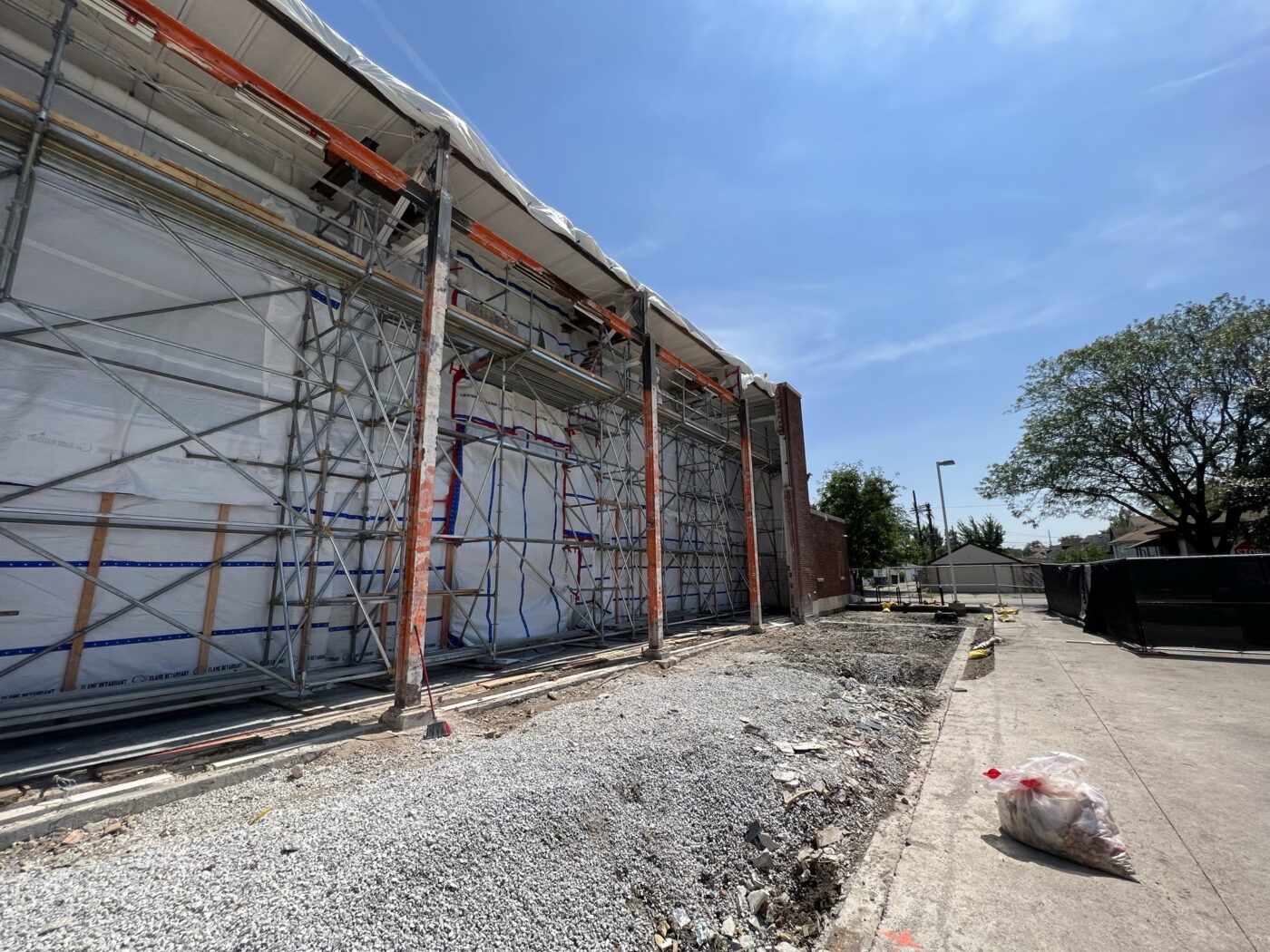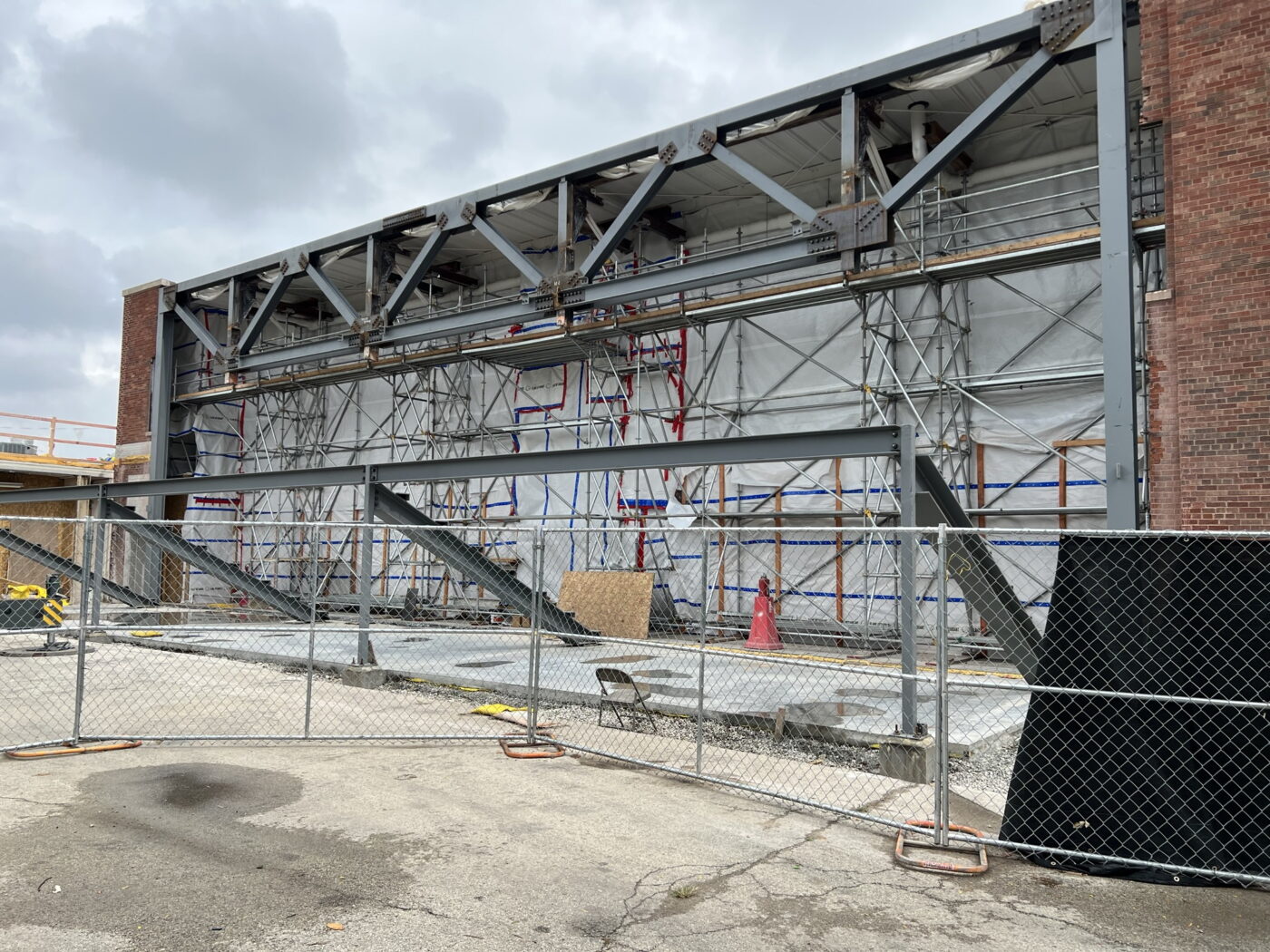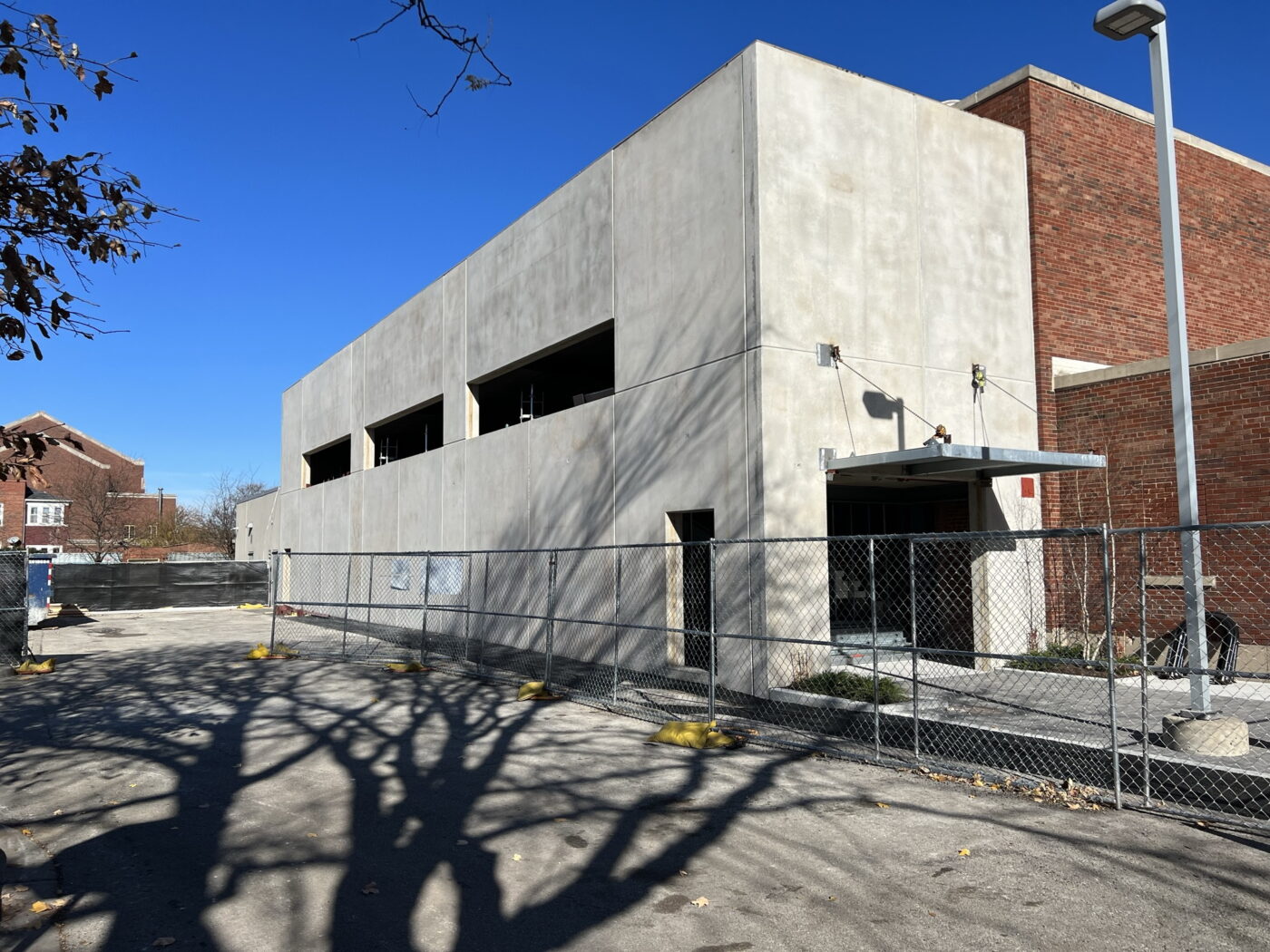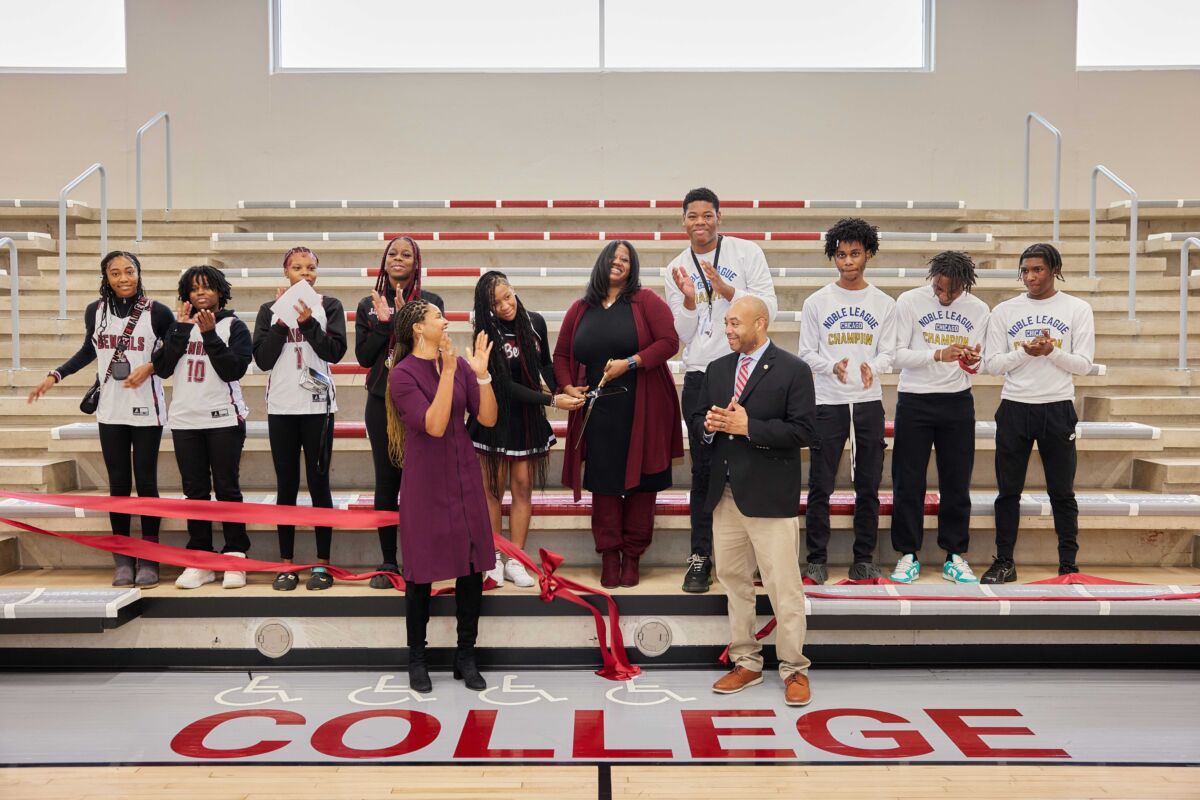It’s been over a decade since I wrote about the construction trilemma, in which owners battle to optimize Scope, Quality, and Cost. With deadlines looming, most owners solve the puzzle by solely focusing on short-term considerations. But the year before we posted that blog entry, one of our clients—Noble Schools—opted to lay a foundation for a future they couldn’t possibly afford in the present. Last month, that distant future arrived. More on that later.
At the ribbon cutting, I wondered why this experience has been so rare. Futurist Ari Wallach attributes the rarety to “shortermism,” resulting from our increasing myopic view of time. Technologists constantly bombard us with notifications and “Breaking News.” As they steal our attention, we focus on shorter and shorter visions of the future. Long-term goals seem limited by someone’s tenure instead of an organization’s purpose.
In 2016, Ari founded longpath.org to challenge clients to think beyond the current generation while asking themselves a question once popular among Greek philosophers: “To what end?” He asks his clients to consider what their future selves would write decades later to thank their present selves. Using this reference frame compels organizations to think on long-term scales, a mindset usually limited to family businesses.
Architecture exists on a multigenerational time scale, but its inception does not. Every design decision made in a matter of months pays an opportunity cost for what it precludes in the future. To check ourselves against “shortermism,” we should look through a transgenerational lens and consider what marginal investments made today could enable a future that more fully responds to our organization’s “why.” These investments don’t need to be heroic – they only need to have an outsized impact on a promising future.
In Noble’s case, while excavating and pouring foundations for Hansberry College Prep in 2013, they chose to pour foundations for future spectator seating for the 1954 gym, hoping they could someday host town halls and enjoy the camaraderie of basketball and volleyball games like other campuses. When resources became available, Noble gave the green light to Bulley & Andrews, who unearthed the foundations they had placed a decade earlier.
As initially envisioned, crews deconstructed a brick wall to expose steel columns that became members of a truss spanning the entire gym. Steel erectors then cut away the bottom two-thirds of the columns, transferring loads to foundations lying in wait. The precast subcontractor who poured walls for the 2013 addition fabricated matching exterior walls and bleachers for the spectator seating.
In a matter of months, a marginal investment made by a prior generation enabled the current leaders of Noble to enrich the lives of future generations of students. In a world with news cycles measured in hours, it is still true that leaders can help society grow “great when people plant trees whose shade they know they shall never sit in.”

After crews deconstructed the 1954 brick wall, the columns holding up Hansberry College Prep’s roof were exposed. The foundation for the exterior walls, poured a decade before, are visible on the right side of the photo.

Steel erectors created as steel truss using the original columns as vertical members. After the truss was complete, crews torched away the bottom two thirds of the columns.

The precast subcontractor who built the 2013 walls for Hansberry College Prep, poured matching walls for the spectator seating addition.
